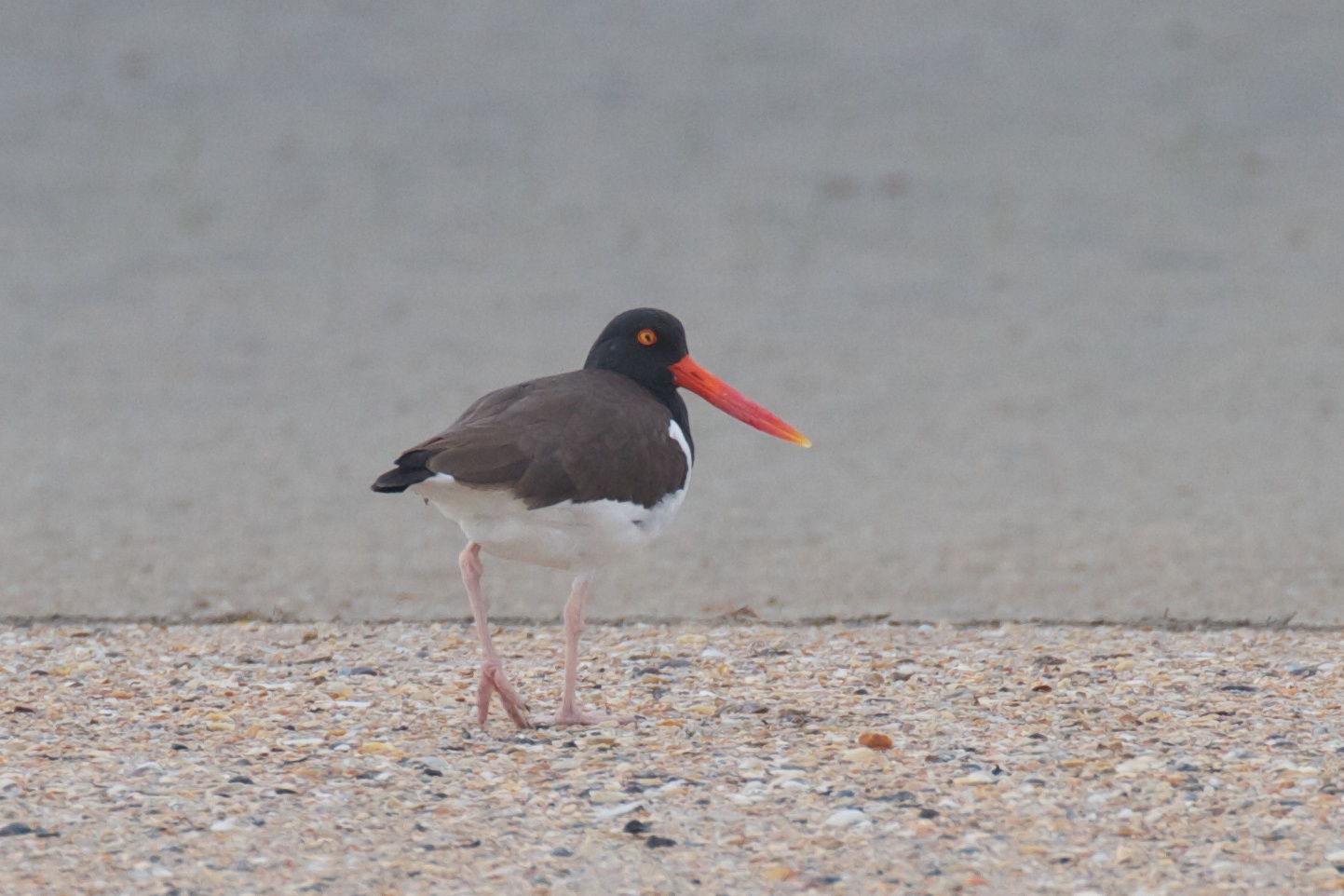Learning by Doing – Ben Soltoff on Duke beyond Duke
 [photo size=’medium’ title=’This is Ben!’ align=”right” icon=”zoom” link=’http://superpod.ml.duke.edu/johnston/files/2012/04/benSoltoff.jpg’]http://superpod.ml.duke.edu/johnston/files/2012/04/benSoltoff.jpg[/photo]
[photo size=’medium’ title=’This is Ben!’ align=”right” icon=”zoom” link=’http://superpod.ml.duke.edu/johnston/files/2012/04/benSoltoff.jpg’]http://superpod.ml.duke.edu/johnston/files/2012/04/benSoltoff.jpg[/photo]
My marine megafauna class is again coming to a close. This class is a joy to teach, as we introduce students to many aspects of marine science and conservation through compelling examples of big ocean creatures. Part of the joy of this class comes from the field trips, where we get the opportunity to connect students directly with the ocean and ocean research.
We undertake two trips to do this – one to the Duke Marine Lab to get students out on the water and up-close-and-personal with seabirds, marine mammals and a variety of invertebrates, as well as the estuary and barrier island ecosystem that surrounds the lab. The second trip takes the class to the Sant Ocean Hall at the Smithsonian Natural History Museum, where students get overwhelmed with the fruits of a collective marine science endeavor that spans topics ranging from archeology and evolutionary biology to deep sea exploration and satellite oceanography through wildlife telemetry.
Ben Soltoff is in this class, and he recently wrote a blog post on the Duke Undergraduate Admissions website that covers some of the activities we engage in during the trip to the Marine Lab (as well as other off campus experiences). I think his post is important, primarily because it captures – from the students perspective – how important it is to learn by doing and how Duke excels in this area. Here is an example:
[quote author=’Ben Soltoff – Duke beyond Duke’]It’s great to learn about things in the classroom, but concepts are much easier to grasp in the field. In lecture, Professor Johnston (better known as Dave) stressed the difficulty of collecting data about marine animals, even large ones, but this wasn’t fully clear to me until we encountered real dolphins near the Marine Lab. Getting a simple head count was almost impossible. A few dolphins would surface briefly, and then a few more would surface on the other side of the boat. Were these the same dolphins? How many were there in total? It was hard to tell.[/quote]I’ve been lucky enough to engage with students like Ben on several courses the seek to get them out into the field. The first was a field course on Marine Conservation Biology that took students to Midway Atoll, the second is my ongoing class on marine mammal biology and conservation during summer session II at Duke Marine Lab and, finally, my marine megafauna course on main campus. All three of these experiences have taught me a lot about teaching, about how every new circumstance is an opportunity to engage, and that field-based teaching provides for a never-ending set of novel situations to inspire students.
I’m really glad that Ben gets it, and that he has taken the opportunity to provide incoming students with some background on the amazing experiences that Duke has to offer. Read his blog here if you missed the link above. Nice work Ben!
